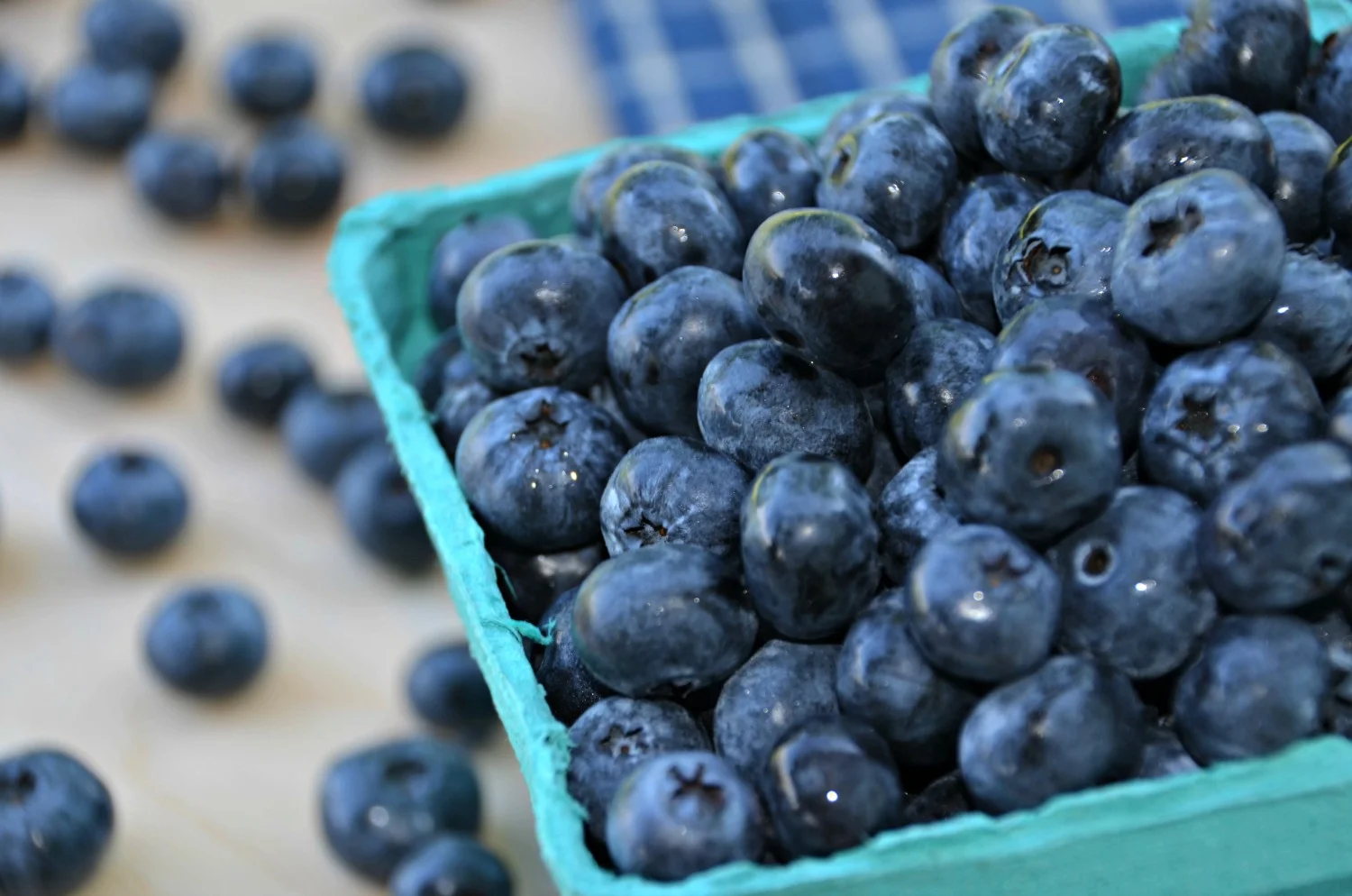Blueberries: A Key Nutrient to a Healthier You
/As spring reveals its vibrant blooms, reflecting these bright colors on our plates is a powerful step towards improved health. The compound that pigments fruits and vegetables are called flavonoids. While these are essential to plants for pollination and protection against diseases, these same chemicals have been found to have many health benefits. In particular, flavonoids have been highlighted to have antioxidant and anti-inflammatory properties.
Antioxidants are compounds that neutralize free radicals, which are unstable molecules that can cause tissue destruction. Free radicals are produced normally during metabolism and are actually used to kill viruses and bacteria by our own immune cells. While our body is equipped to handle small quantities of free radicals, environmental agents, such as, cigarette smoke, radiation and pollution are sources of additional free radicals. When the body natural defenses are exhausted, the unstable molecules become destructive. The damage accumulates with age and has been implicated in disease states ranging from Alzheimer’s disease to cancer. Antioxidants, however, are capable of defusing the free radicals, transforming them into inert stable compounds, which are harmless.
Recent research has focused on blueberries as a particularly concentrated source of flavonoids. With their deep, rich color it is no surprise that these small berries are packed with these pigmented molecules. Specifically, anthocyanin, the flavonoid which gives the fruit its blue hue, is a potent antioxidant. In fact, according to the U.S Department of Agriculture, blueberries are near the top of the pyramid when it comes to antioxidant activity per servings, only surpassed by red beans.
While much research has concentrated on the anti-cancer properties of antioxidants, a study published in the Annals of Neurology proposed a neuroprotective benefit from these compounds. The study, measured changes in cognitive function in over 16,000 participants that were at least 70 years old. In addition, they recorded the amount of blueberries in each participant’s diets. By comparing changes in cognition with diet, the researchers found that blueberries were associated with slower rates of cognitive decline. Specifically, after controlling for possible confounding variables, they found that berry intake delayed cognitive aging by up to 2.5 years.
These results mirror previous studies demonstrating a cognitive benefit from higher flavonoid consumption. In France, large population study found that increased flavonoid consumption decreased cognitive decline over a 10-year period. On the other hand, a very small clinical trial demonstrated enhanced memory following only 12 weeks of berry supplementation. In addition to antioxidant proprieties, it is hypothesized that blueberries provide neuroprotection by activating signaling pathways that reverse neuronal and cognitive decline.
Blueberries have many more health promoting properties. In addition to antioxidants, blueberries are a valuable source of vitamins. In just one serving, a single cup, you can get 14 mg of vitamin c, almost 25 percent of your daily requirement. Vitamin c aids the formation of collagen and helps maintain healthy gums and capillaries. It also promotes iron absorption and a healthy immune system. Furthermore, blueberries are high in fiber, which helps keeps you full longer and promotes balanced cholesterol and heart health. In an animal study, researchers found that substituting just 2% of a rat’s diet with blueberries could prevent metabolic syndrome and cardiovascular disease.
Blueberries represent a tasty and easy way to add key nutrients. “I recommend bringing a bag of blueberries as a mid-afternoon snack. The combination of fiber and sugar provides a high energy snack that will perk you up, while keeping you full. They are also a wonderful addition to yogurt, cereal or even a salad. In general, trading fatty processed foods for fruits and vegetables is key to improving the nutritional value of one’s diet. At every meal you want your plate to cover the full spectrum of the rainbow, as more color means more flavonoids”, says Dr. Samadi, Chairman, Department of Urology and Chief of Robotic Surgery at Lenox Hill Hospital in New York City.

